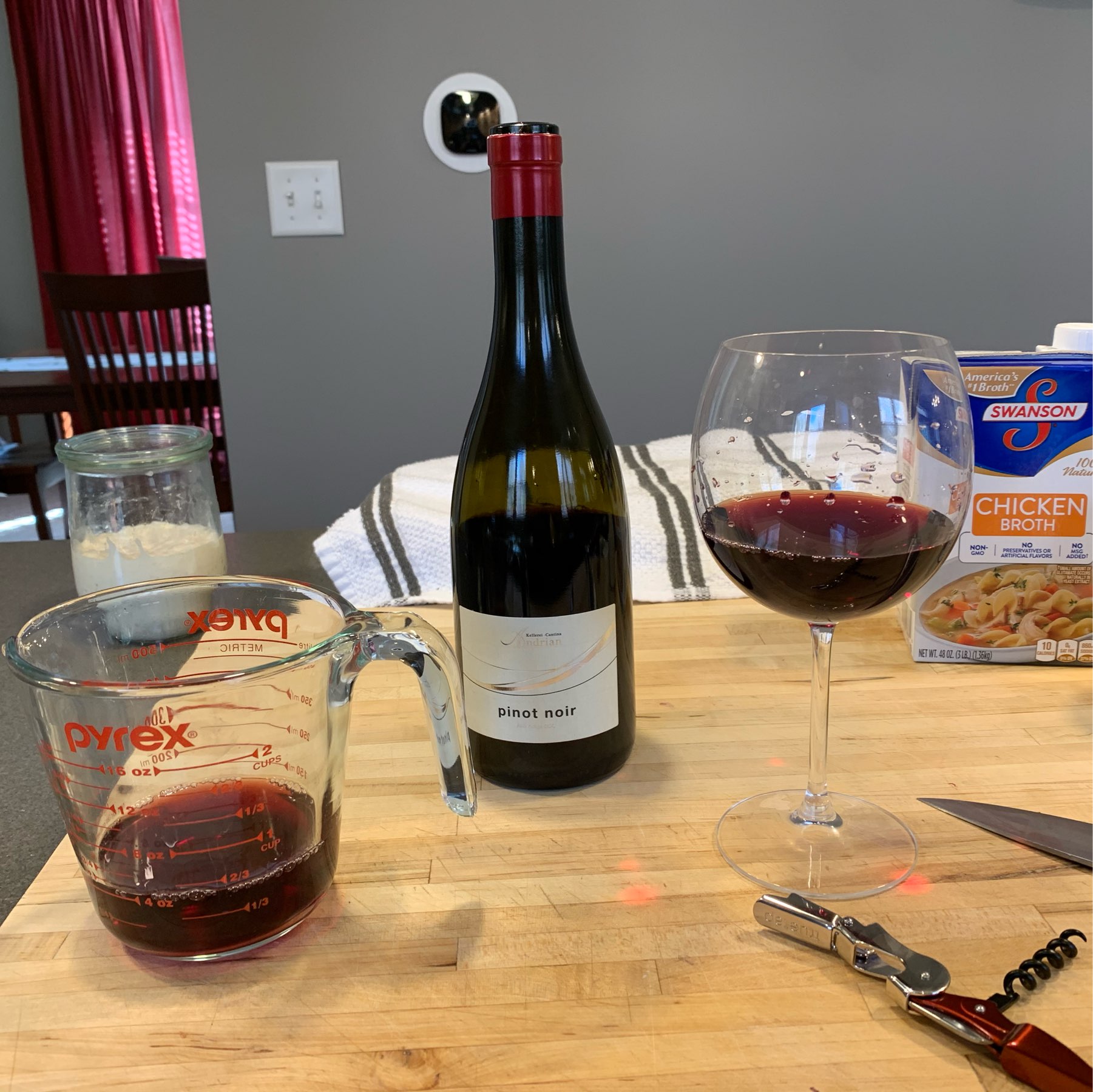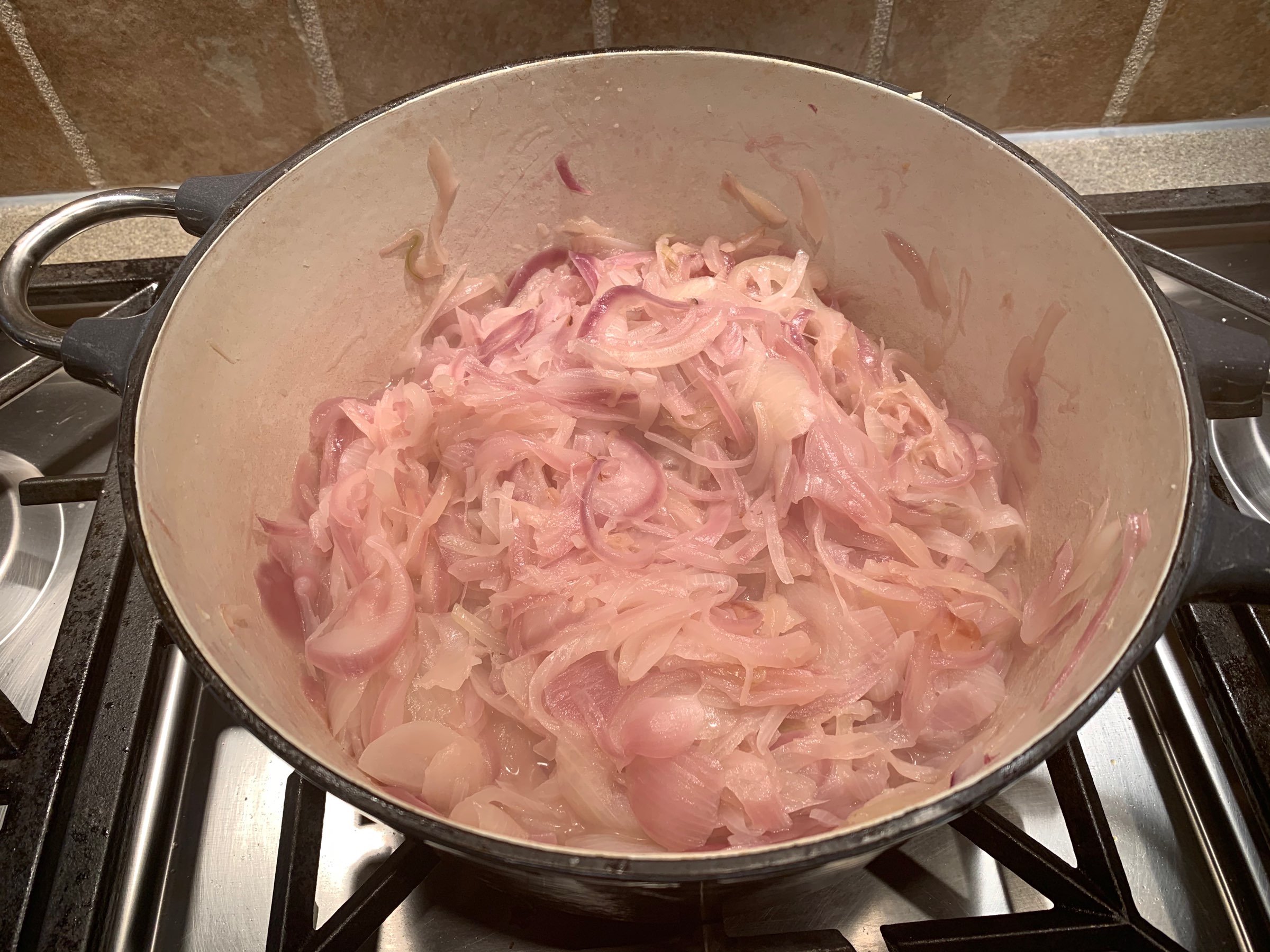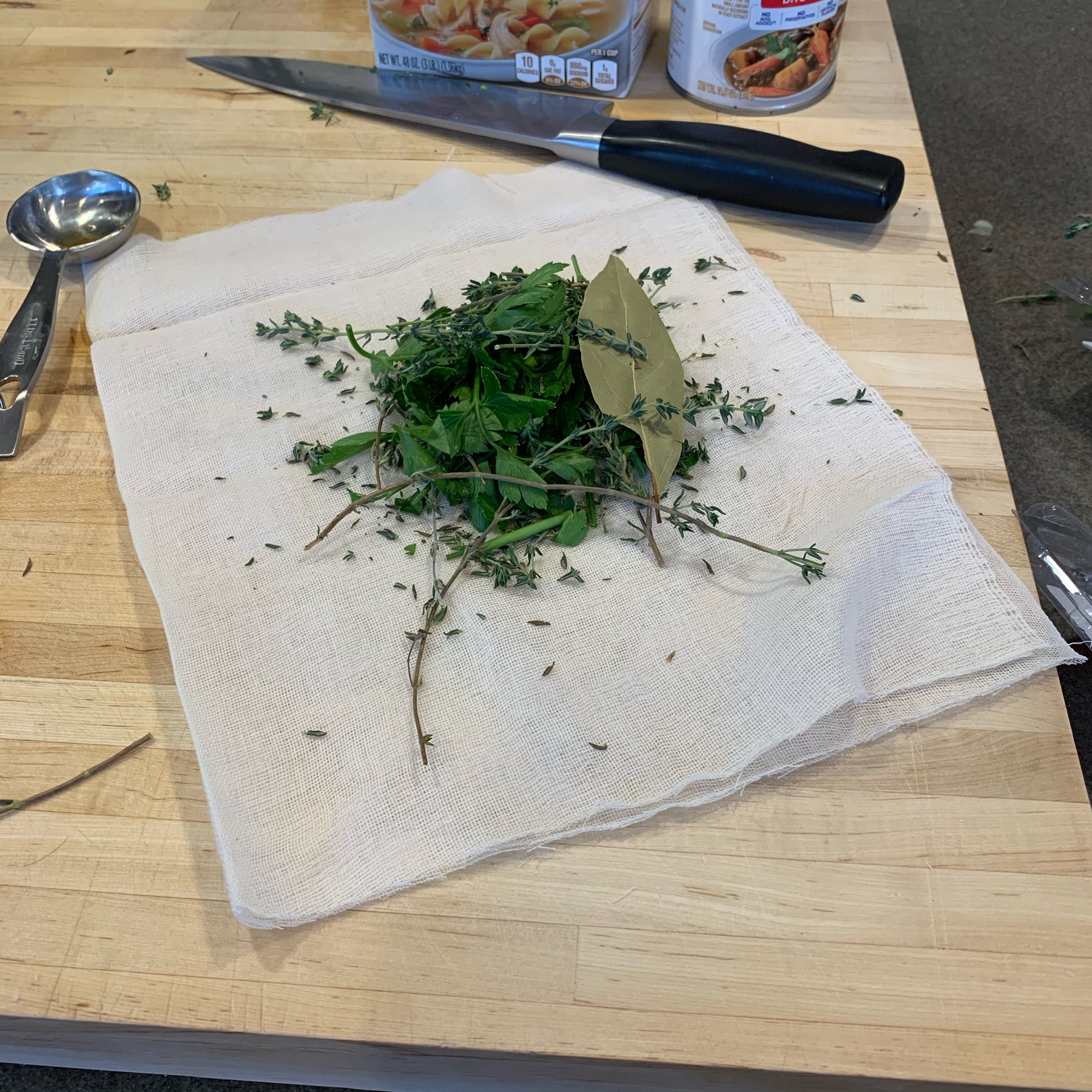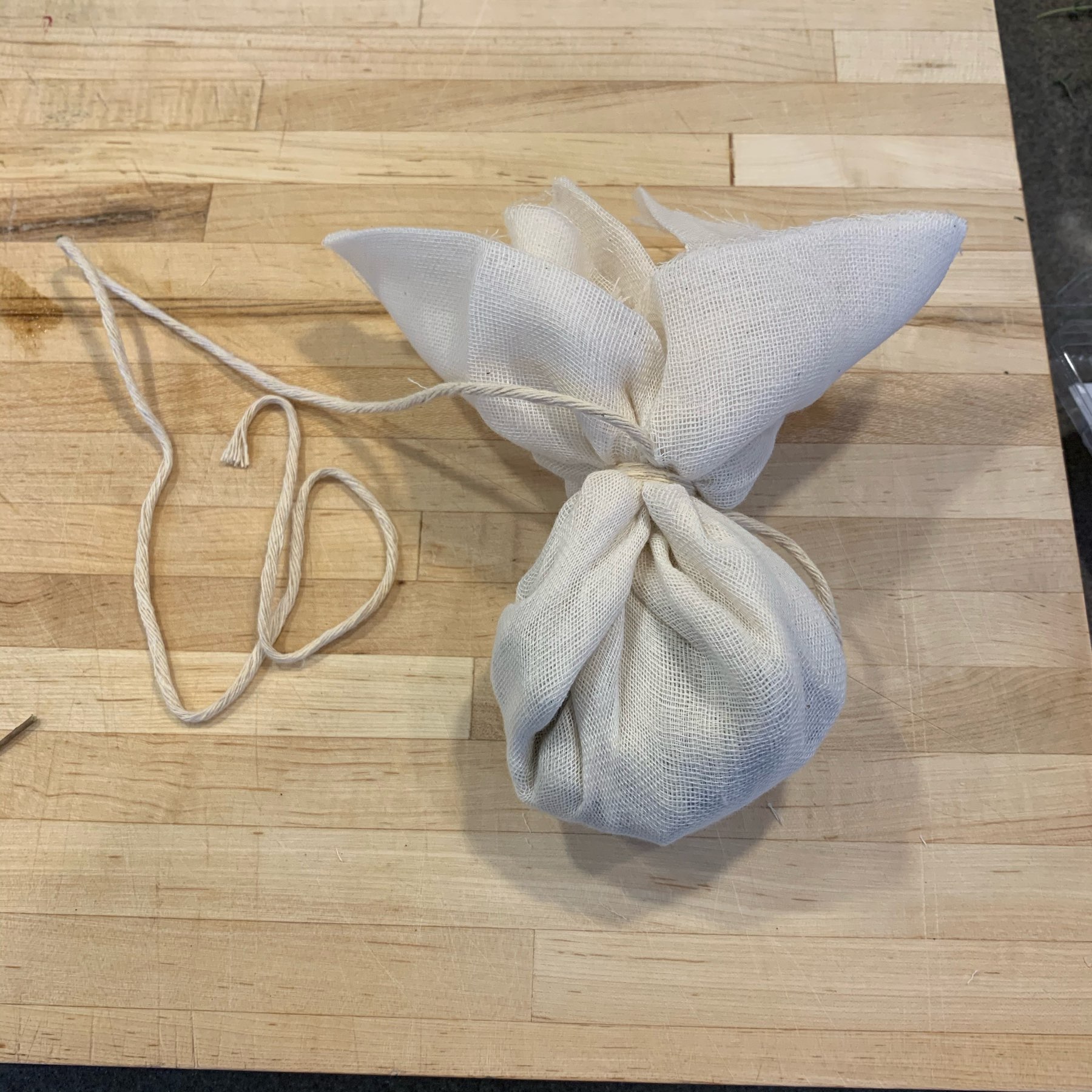Microblog
I was initially very confused by this wine I’m drinking/cooking with. It’s a Trader Joe special, so I don’t know much about it, except it’s an Italian wine. With a German label. Wat? Turns out it’s from Süd Tirol, the German speaking region of Italy bordering Austria. ?????
Hmmm… this soup recipe only calls for 4 ounces of wine. Whatever shall I do with the rest of the bottle? ?

Re: My earlier rant about recipes lying about how long it takes to carmelize onions, as an example, this is after 40 minutes of cooking and we’re not even close yet.

“Cook onions 25-30 minutes until carmelized and almost syrupy.” Lies! You cannot carmelize 4 pounds of onions in 25 minutes. It’s just impossible. You need at least twice that amount of time. Why does every recipe get this wrong?
Today’s menu: French onion soup with croutons made from last week’s bake, and some fresh bread from a new recipe.
Updates on my mom’s move from a flip phone to an iPhone:
1. Two weeks in, her biggest problems are the lag from running iOS 13 on an iPhone SE, and buttons that don’t look like buttons.
2. Her only app request is an app that will send her an alert when President Trump resigns. ?



